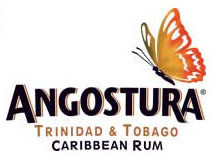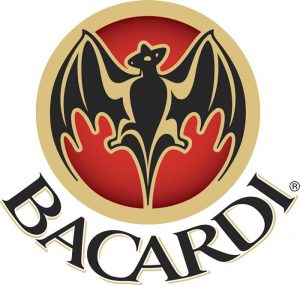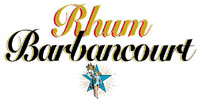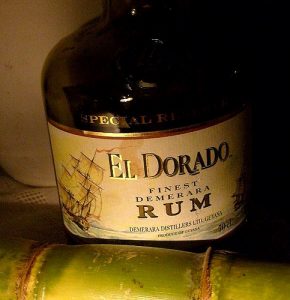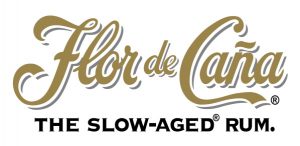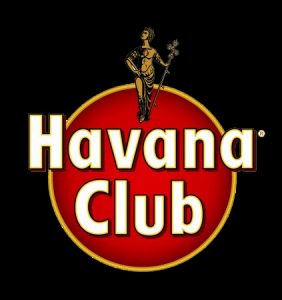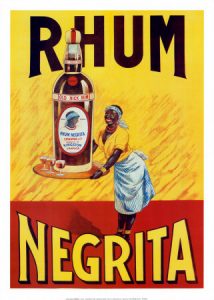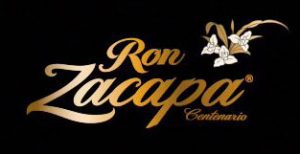Rum
Spirit obtained from the distillation of the juice of sugar cane or from the distillation of molasses. The first evidence of fermented beverages from sugar cane juice come from ancient India and China. In a document of the fourteenth century, Marco Polo speaks of a "good wine of sugar" that was offered in the current Iran. In 1493, during his second voyage to the New World, Christopher Columbus brought with him the plant, that grow in the Canary Islands, importing it in the island of Hispaniola (now the territory of the Dominican Republic and Haiti) where he began planting Caribbean sugar cane. It was later planted in Puerto Rico, Cuba, Jamaica, Brazil (since 1510), Mexico (in 1519, with Cortes) and Peru (in 1533, with Pizarro). The enslaved natives in a few years reached the almost total extermination because of poor living conditions, malnutrition and the contraction of diseases of European descent: this suggested the settlers to import slaves from Africa to work in the plantations. The Antilles and the Caribbean, resource-poor, were ignored by the Spanish and were only later colonized by the British and the French after the "Invencible Armada" (Invincible Army) dating back to 1588: the French settled in Martinique and Guadeloupe since 1635, while the British implanted the first sugar industry in Barbados in 1627; the first distillation of Rum took place right here. The slaves working in the mills crushing sugar cane first discovered that molasses, a by product of the sugar refining, left in the vats in the open air fermented in alcohol. Thus were born the first distilleries fed with bagasse, the fiber waste of sugar cane that are even an excellent fuel, which began the production of Rum. The sugar cane plantations found, in this way, a new placement as the sugar market was saturated, thus providing material for the distillation of what initially took the name of Aguardiente de Caña. A document dated 1651 from Barbados stated that "The most intoxicating product on the island is Rumbullion, also known as Kill-Devil (Devil-Slayer), made from sugar canes distilled, a hot, hellish and terrible liquor". The British call this drink "Rum", which could result from rumboiling or rumbullon, slang voices referring perhaps to the noise of boilers distillation (from "rumble" bubbling and "boil", in French "Bouillie", boil) or a simplification of sacca rum, used by the monks and derived from "saccharum" (Saccharum officinarum: scientific name of sugar cane). The first official mention of the name "Rum" appeared in an order of the Governor General of Jamaica, dated July 8, 1661. Sugar cane originated in New Guinea, where it grows spontaneously today. It gradually spread to Asia Minor, where Alexander the Great discovered it in 325 BC. The first news of the arrival on the shores of the Mediterranean Sea are described by Pliny the Elder, who mentions it as Saccarum, from sanskrit Sarkara. The Arabs introduced it into Spain and, with the discovery of the New World, began its great development. The cultivated variety of sugar, known as Saccharum officinarum, grows in tropical climates with a cycle of 14-16 months. It looks like a big bamboo that can be white, yellow, green or purple depending on the variety; the flowers are collected in a large panicle, white, greyish or purple on the top of the stem. The leaves are very long, linear and rugged; the plant has underground rhizomes with many stems cylindrical, gnarled and flexible that can be as high as 6 m, with a diameter which can vary between 2 and 7 cm. Reproduction of the cane is by cuttings. The plant grows in height and foliage up to 12 months and like all green plants, through photosynthesis, produces sugars accumulating in the stalk, which serve as an energy source for various metabolic processes. It is a long-lived plant that can live for up to 20 years but in plantations usually rhizomes are renewed every 5 years. During the dry season, from February to June, the cane reaches maturity (18 months), and this is the time when the sugar concentration is maximum. Thus begins the collection, which is done almost exclusively by hand in most of the plantations, in order to obtain fascines well cleaned from the leaves and to the ends and, consequently, replant the cuttings. The stalk of the cane contains 14% of woody material, 70% of water, 14% of sucrose and 2% of impurities. Within hours the plant should be sent to milling in order to keep it from drying in the sun, triggering a process of fermentation. It is here that we found the first major difference between types of Rum. The juice can be extracted for the production of sugar, whose residues (molasses) will then be sent to the fermentation, creating an Industrial Rum, or the extracted from the cane with the grinding ("vesou" in French, "guarapo" in Spanish) can be sent directly to the fermentation, producing no sugar and thus obtaining an Agricultural Rum. Agricultural Rum - was in central America between St. Bartholomew, Guadeloupe and Martinique which, around 1870, this quality was born to address the crisis in the sugar market. The fresh juice of the cane is fermented with added yeast for a minimum of 24 hours to a maximum of 15 days, depending on the type of Rum you want to achieve: with a fermentation of a short period we will have a product with light aroma, containing just a few acids and heavy organic residues; with a longer fermentation, the product obtained is a liquid containing a higher dose of alcohol, acids, and residues that distill Rum full-bodied and flavored. You get a "wine" from 5-6% vol. which is distilled immediately. They are generally used continuous stills, but in some cases, you can still find traditional stills. We can make a big distinction between "grappe blanche", an "Agricultural Rhum" not aged with a light body, and "Rhum Vieux", aged in barrels for at least three years, tending to dark brown with more body and softer. Since 1996, the Rhum Agricole in Martinique has obtained the Appellation d'Origine Contrôlée from the French Republic which provides three categories: Rhum Agricole AOC Martinique Blanc, diluted with spring water after a period of three months in huge wooden vats; Rhum Agricole AOC Martinique Élevé Sous Bois, quality gold, amber color, due to the aging period of at least twelve months in barrel and, at times, with a slight correction of caramel and sugar noble cane; Rhum Vieux Agricole AOC Martinique, matured in oak barrels takes the name of the VO (Very Old) after the first three years, V.S.O.P. (Very Superior Old Pale or Rhum trés vieux) after four years and vintage X.O. (Extra Old or Rhum hors d’âge) over six years. Industrial Rum - is the traditional quality and the most produced in the world. The vesou, after being purified with whitewash, is heated to make insoluble its mineral acids and other organic materials. With a vacuum evaporation is deleted a part of the water and for cooking is crystallized sucrose that is separated by a centrifuge. The result is the molasses, sugar not composed of crystallizable (glucose, fructose, sugars, etc..). Themolasses, with the addition of yeast, begin the process fermentation at the end of which you can perform the distillation. This will take place in large industrial columns stills or in pot stills from which you will get a distilled alcohol content varies between 65-75% vol. The extraction method of vesou is one of the basic steps to get a quality Rum. Where the mining methods are rudimentary Rum is richer and where the extraction is completed, as in the British Antilles, you will have a kinder Rum. The Industrial Rum just distilled is a white clear liquid whose flavors are already there but not easily distinguishable. They are then left to mature in traditionally American oak casks, which are prepared by charring the inside. The distillate, still young, once in the barrel penetrates into the pores of the wood, taking on some flavorings, and releasing some of the alcohol cause the exchanges between the distillate vapor with the air outside. This process gives stability to the distillate, removing the most volatile parts and building a drink with a better body and a defined aroma. Even in the case of the Industrial Rum, we have a "Vieux Rhum" with at least three years aging in barrels. In general, Rums can be divided into the following categories: Rum White, transparent or clear, slightly scented with a hint of sweetness. Usually aged for a period ranging from three to twelve months, is filtered with activated carbon to remove slightly amber color acquired from contact with wood. An exception is Rhum Agricole Blanc, ages even up four years and presents a full body. They have 40% alcohol by volume; Rum Gold, light copper in color, age for a couple of years in oak casks previously used for aging Bourbon. Rhum Agricole AOC Martinique Élevé Sous Bois are used instead casks where have matured Brandy or Cognac; Rum Dark, full-bodied with hints of caramel. The best are obtained with a pot stills and in some cases small amounts of caramel are used to correct the color acquired from aging in barrels. Rum Aged, tones that vary depending on whether a clear, dark añejo or a solera. They are obtained from the wise mixture of master winemakers of different crops product and different vintages bake in still. According to the regulations in force in the country of the manufacturer the number on the label may indicate the product contained in the blend younger or older. Rum Vintage, which are obtained from products related to a specific year of harvest is shown on the label; Rum Overproof, with high alcohol content, reach up to 75% vol., Are intended for mixing; Rum Spicy, made with a distillate base enriched with infusions of fruit and spices. Among the most commonly used are vanilla, cinnamon and lemon.

